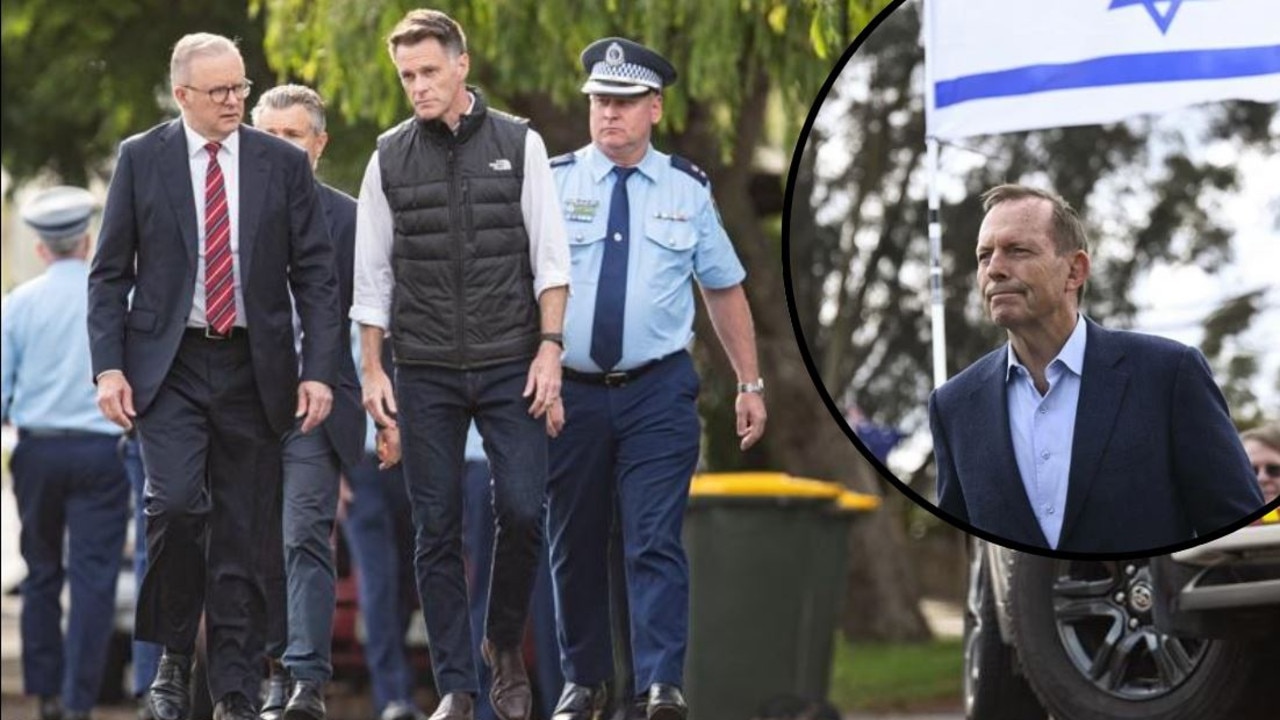10,000 sq cm of skin donated to NZ volcano burn victims
NSW Health has provided 10,000cm2 in skin from dead donors to treat critically burned victims in New Zealand’s White Island volcano tragedy. Patients have sustained ‘life threatening’ injuries to their skin and lungs.
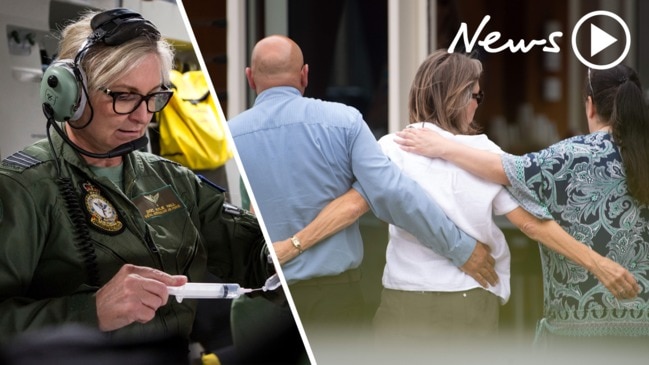
NSW
Don't miss out on the headlines from NSW. Followed categories will be added to My News.
NSW Health’s Organ and Tissue Donation Service has provided 10,000 cm2 of skin to New Zealand to assist with the management of burns victims in consultation with the State and National Disaster Coordination teams.
“I assure the community that NSW has skin available to treat those burns patients being repatriated to NSW as well as potential bushfire burns injuries,” Chief Health Officer Dr Kerry Chant said.
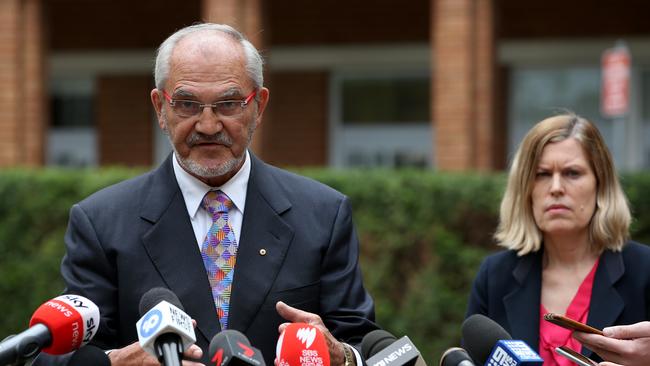
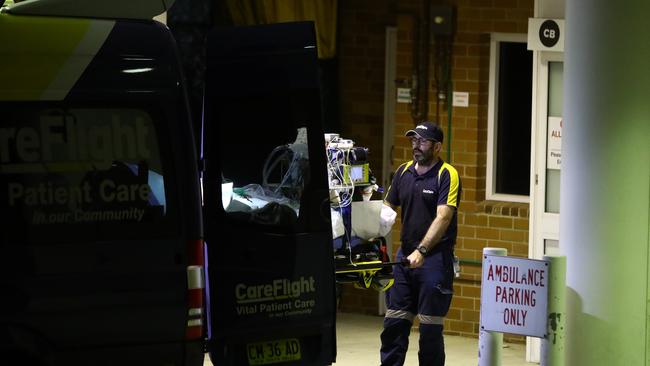
The skin — donated by deceased donors — is now being used to help the patients being treated in New Zealand and those being returned to NSW for treatment.
Dr Peter Haertsch, Head of Department of Operating Theatres and Plastic Surgery, Concord State-wide Burns Service, said treating volcano burns presented many challenges.
“The patients under our care have been exposed to a fast-moving cloud of very hot volcanic gas and volcanic matter such as pumice and ash,” Dr Haertsch said.
“As a result, they have suffered severe contact skin burns with severe injuries due to inhalation of gas and ash, and we are looking at extensive and intensive care for these patients, some of whom are still in a life-threatening condition.”


At least two of these patients are in a critical condition, one is stable and the condition of the others’ haven’t been released.
Two more survivors are expected to fly from New Zealand to Sydney today for surgery.
“The surgical priorities are to remove the burned tissue, which is quite toxic, we need to remove this as expeditiously as possible,” he said.
“Surgery started yesterday, it continues today and I would expect we have the bulk of the burn wounds sized and the resurfacing of the burn wound would take place over the sequential surgical procedures.”
He said the patients wouldn’t be in too much pain at the moment but the recovery process would be tough.
“Pain management is always one of the priorities in burns care but believe it or not a full thickness burn is not very painful.
“All patients who have sustained inhalation injury and it will take several days before we know the injury to their respiratory tract.
“Psychologists and psychiatrists visit these patients everyday and they will have treatment for months of painful dressing a grafting.”

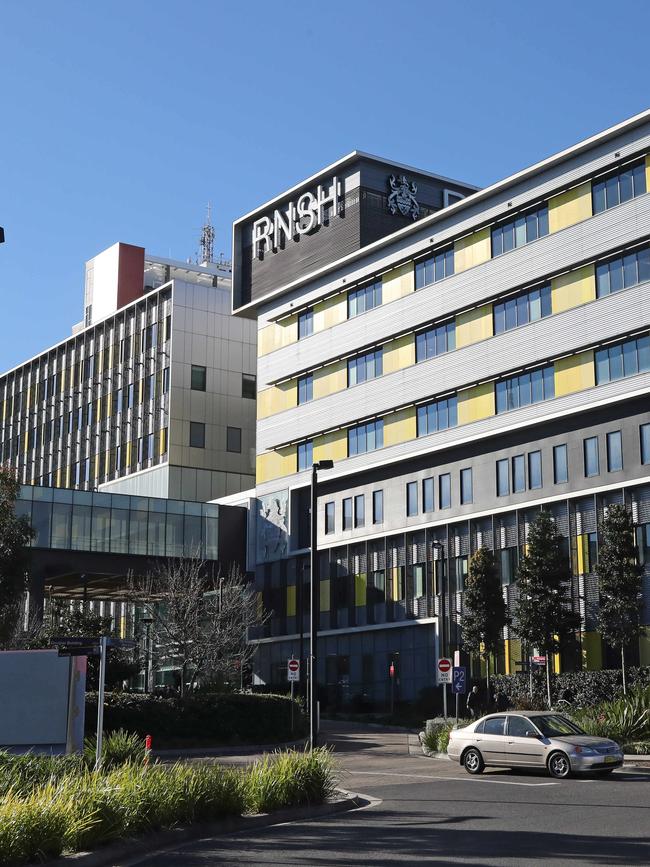
He said it was uncommon to see volcanic burns patients and there would be many medical studies done into these survivors.
“These burns are quite different to bushfire burns,” he said.
“In bushfire burns, believe it or not, the commonest burns are cinder burns to the eyes, followed but burns caused by radiant heat.
“These burns have been caused by what is called pyroclastic surge, where you have patients enveloped in a moving cloud of extremely hot gases and also volcanic material such as pumice and dust.
“As a result of the dust settling on the skin, you have the contact burn, severe heat in the cloud causes a convection burn and they are quite different.
Dr Chant said, with two more patients expected to be repatriated today, the commitment and skills of all health staff involved was incredible.
“Even as we continue to mourn the loss of our fellow Australians, our focus in the NSW Health system is on treating the critical injuries suffered by those now in our care,” Dr Chant said.
“Five patients are being treated at Concord Hospital, and three patients are being treated at Royal North Shore Hospital, with two more on the way home soon.
“There is no other place I would rather see these patients treated than at these two hospitals, whose world-class clinical care gives us the best chance to save lives.”
Originally published as 10,000 sq cm of skin donated to NZ volcano burn victims


